Does anyone garden for pollinators?
Ispahan Zone6a Chicago
11 years ago
Featured Answer
Sort by:Oldest
Comments (13)
prairiemoon2 z6b MA
11 years agolast modified: 9 years agojakkom
11 years agolast modified: 9 years agoRelated Professionals
Williamsburg Landscape Contractors · Elkridge Landscape Contractors · Gloucester Landscape Contractors · Hawaii Landscape Contractors · Hawthorne Landscape Contractors · Northbridge Landscape Contractors · Twin Falls Landscape Contractors · Weymouth Landscape Contractors · Mooresville Roofing & Gutters · Reno Roofing & Gutters · Miami Beach Roofing & Gutters · Malden Siding & Exteriors · Riverside Siding & Exteriors · Wethersfield Siding & Exteriors · Zion Siding & Exteriorspat4750
11 years agolast modified: 9 years agolavender_lass
11 years agolast modified: 9 years agoaklinda
11 years agolast modified: 9 years agotsugajunkie z5 SE WI ♱
11 years agolast modified: 9 years agoDYH
11 years agolast modified: 9 years agolavender_lass
11 years agolast modified: 9 years agoIspahan Zone6a Chicago
11 years agolast modified: 9 years agocurdog007
8 years agoThe District Sprouts
8 years agoJulie Beutler Hron
2 years ago
Related Stories

NATIVE PLANTSPlant These Fall-Flowering Natives in Early Summer for Pollinator Love
These 3 groups of plants will support masses of beneficial insects come autumn
Full Story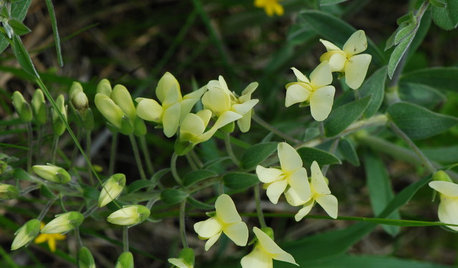
FLOWERS AND PLANTSPlant Baptisia Bracteata for Blooms Pollinators Will Love
Longbract wild indigo is great in dry soil, and its spring flowers attract butterflies and bumblebees
Full Story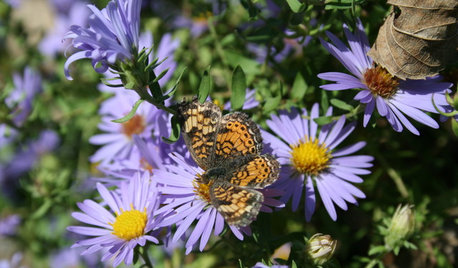
GARDENING GUIDESGreat Design Plant: Smooth Aster, the Wonder Pollinator
An insect nirvana with lovely near-blue petals, this low-maintenance aster strives to please
Full Story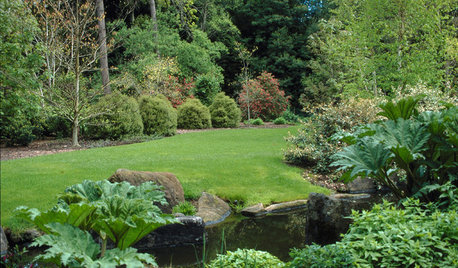
GARDENING GUIDESYou Don't Need Prairie to Help Pollinators
Woodlands, marshes, deserts — pollinators are everywhere
Full Story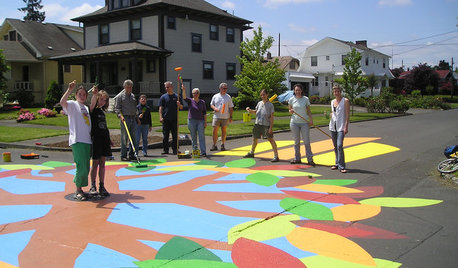
COMMUNITYCommunity Building Just About Anyone Can Do
Strengthen neighborhoods and pride of place by setting up more public spaces — even small, temporary ones can make a big difference
Full Story
BEDROOMSThe Cure for Houzz Envy: Master Bedroom Touches Anyone Can Do
Make your bedroom a serene dream with easy moves that won’t give your bank account nightmares
Full Story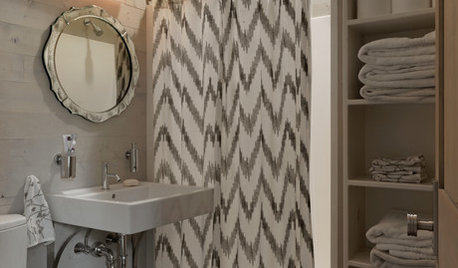
BATHROOM DESIGNThe Cure for Houzz Envy: Bathroom Touches Anyone Can Do
Take your bath from blah to ‘ahhhh’ with just a few easy and inexpensive moves
Full Story
HOME OFFICESThe Cure for Houzz Envy: Home Office Touches Anyone Can Do
Borrow these modest design moves to make your workspace more inviting, organized and personal
Full Story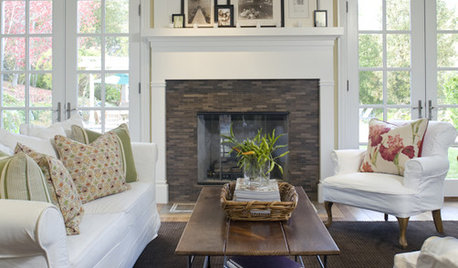
DECORATING GUIDESThe Cure for Houzz Envy: Family Room Touches Anyone Can Do
Easy and cheap fixes that will help your space look more polished and be more comfortable
Full Story
KITCHEN DESIGNThe Cure for Houzz Envy: Kitchen Touches Anyone Can Do
Take your kitchen up a notch even if it will never reach top-of-the-line, with these cheap and easy decorating ideas
Full Story





jodikay